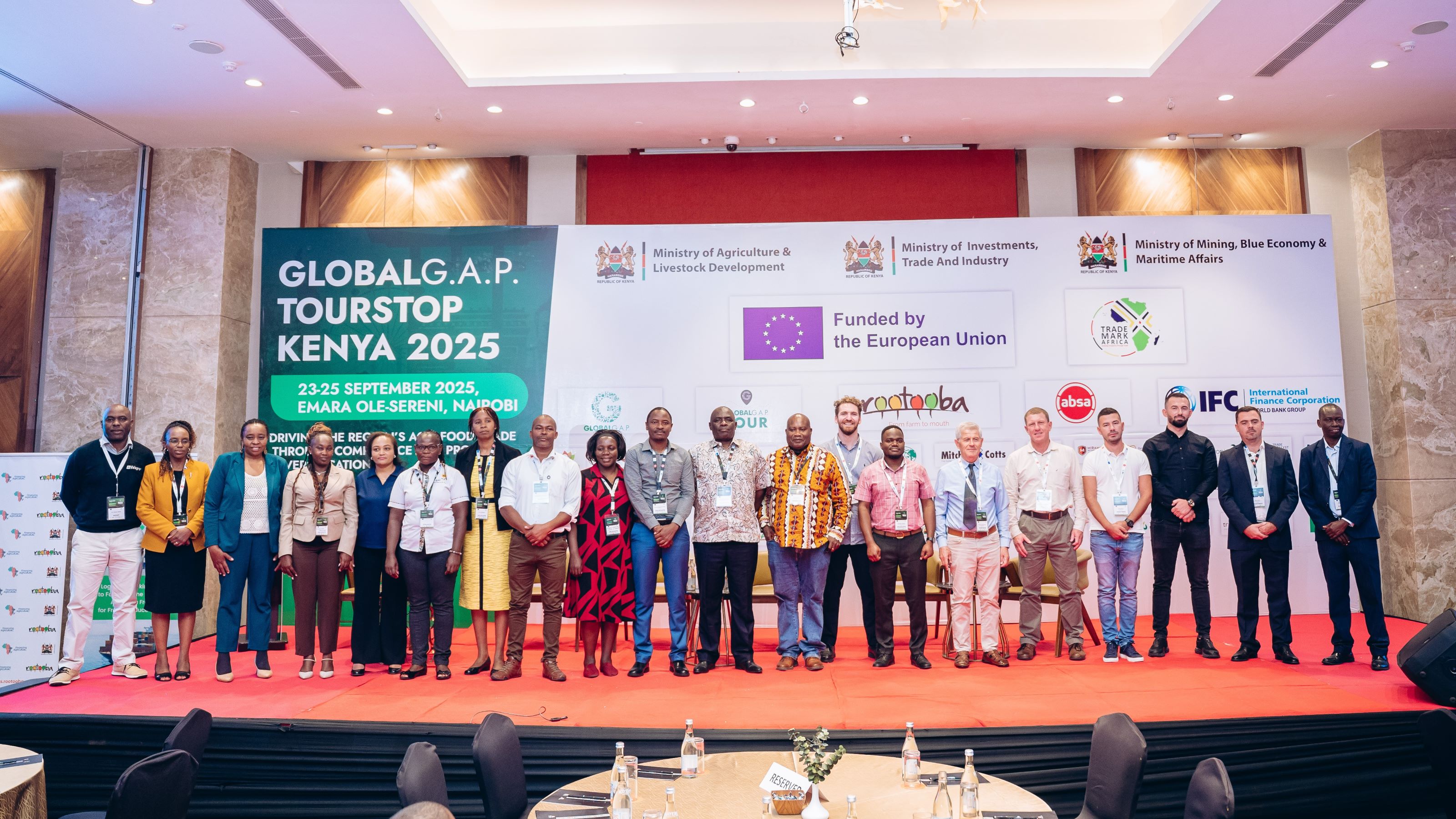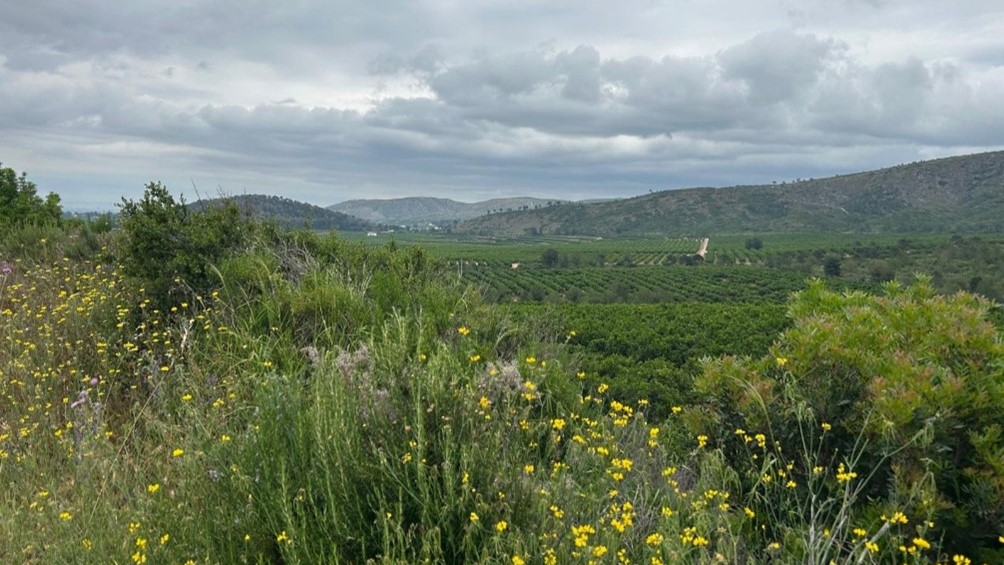30 June 2025
United States national interpretation guideline published for Integrated Farm Assurance (IFA) v6 GFS for fruit and vegetables
Integrated Farm Assurance (IFA) v6 GFS, recognized by GFSI, is now supported with the newly published national interpretation guideline for fruit and vegetable production in the United States.

United States national interpretation guideline published for Integrated Farm Assurance (IFA) v6 GFS for fruit and vegetables
Integrated Farm Assurance (IFA) v6 GFS, recognized by GFSI, is now supported with the newly published national interpretation guideline for fruit and vegetable production in the United States.
GLOBALG.A.P. North America is excited to announce that the United States national interpretation guideline for Integrated Farm Assurance (IFA) v6 GFS for fruit and vegetables has been published and is ready for use by US certification bodies, auditors, and producers.
Promoting food safety and compliance through globally aligned standards
As GLOBALG.A.P.’s flagship standard, IFA aims to promote responsible farming practices. It takes a holistic approach, addressing the key topics of good agricultural practices including food safety, environment, workers’ health, safety, and welfare, production processes, and traceability in one audit. The IFA v6 GFS edition has achieved GFSI recognition and is now being implemented in the US and throughout the world. The newly published national interpretation guideline supports this adoption of v6.
GLOBALG.A.P. national interpretation guidelines translate global standards to the specific legal and structural conditions of each country. In the US, regulations can vary based on state or regional context. The guideline details the specific requirements, clarifications, and best practices for IFA v6 implementation, and provides examples, direction, and resources to support verification and compliance.
Highlights of the guideline
Here are some examples of the support the national interpretation guideline provides US producers:
For the principles and criteria on continuous improvement – relating to self-defined targets and progress – the guideline points to free tools such as the Cool Farm Tool or Stewardship Index for Specialty Crops (SISC) calculator, etc. to establish baseline metrics and track improvement indicators of sustainability overtime. These tools can help the producer “measure to manage” on topics such as water, energy, habitat and biodiversity, nitrogen and phosphorus use, soil organic matter, and food loss. It also lists low-cost and no-cost examples of worker training, integrated pest management, recycling and more, demonstrating that improvement does not always mean added costs.
For biodiversity, the guideline points to existing Natural Resource Conservation Service or Farm Service Agency programs as evidence of compliance.
It references national or local licensing as evidence of competencies, such as pesticide applicators’ licensing.
It explains the difference between subcontractors and service providers in the context of the US.
Considering common industry practice in the US, it clarifies use of GLOBALG.A.P. identification numbers, logos, and mass balance to maintain producer confidentiality.
It provides direct references to Occupational Safety and Health Administration (OSHA) throughout. Most farms are already conforming with IFA workers’ health and safety criteria due to the policies they have in place for OSHA and other federal agencies.
It elaborates on water testing laboratories and acceptable accreditations.
It contains an explanation of spill containment which applies to most farms that store fuel on site.
Role of National Technical Working Groups (NTWGs)
GLOBALG.A.P.’s US National Technical Working Group (NTWG) – consisting of GLOBALG.A.P. Community Members, certified producers and producer groups, experts, buyers, certification body representatives, and other supply chain actors – was responsible for developing this guideline.
Through a series of online sessions led by the US NTWG Chair, Walter Ram of Giumarra, the group had extensive conversations and addressed challenges to present the guideline updates for peer review and final approval by the GLOBALG.A.P. Fruit and Vegetables Technical Committee.
“The guideline provides US producers support and clarification, especially on topics that might be new to some producers like biodiversity and environmental metrics,” explains Walter Ram, the US NTWG chair. “This is a resource that can help them make the connection between what regulations already require them to do, and what needs extra attention for GLOBALG.A.P. certification.”
Related links:
Learn more about the role of national interpretation guidelines in the GLOBALG.A.P. system
Understand the importance of NTWGs
Discover the IFA v6 for fruit and vegetables standard

